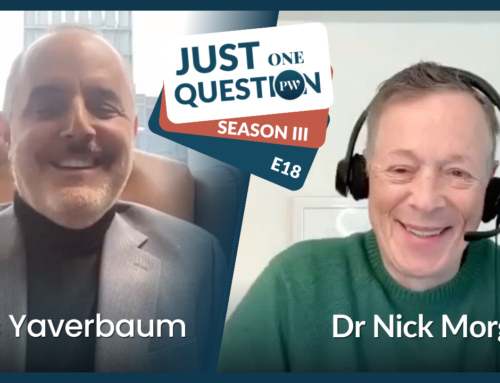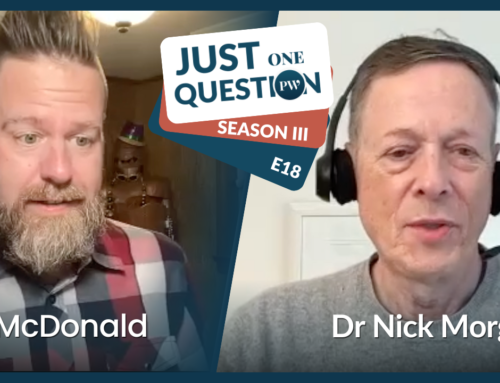Some recent research on how our brains work overturns previous thinking about the mind, with implications for how we communicate with each other. In the bad old days, phrenologists felt the bumps on your head to determine what might be wrong with you. Your sociability lump might be deficient, for example, or your emotional bump might be too pronounced for your own good. These diagnoses typically followed a patient’s explication of the problem he or she was experiencing. The patient who said that he was depressed, for example, would be discovered to have a deficiency in the area of the head that governed energy or amiability.
This primitive thinking persisted in the early attempts to provide more sophisticated and scientific understanding of how the brain works, and a great deal of attention was put (and still is put) to learning the various areas of the brain and the functions they supposedly serve. Medical students still learn about the cerebellum, the hypothalamus, the parietal lobe, the prefrontal cortex, and Broca’s region, and the hippocampus and the amygdala, and on and on as if the brain were a Lego set of functional pieces that, put together, made up a mind.
One of the more persistent myths with implications for communications is the left-brain-right-brain distinction. One side is logical, prosy, and methodical, and the other emotional, poetic, and creative. I can remember being told to appeal to both sides of the brain in creating a speech – a little logic here, a little poetry there – so that everyone in the audience would be engaged and both sides of their brains would be entertained. Since the brain was a set of interlocking pieces, having all the pieces to put together was a useful way of thinking about communication.
Now, the research is revealing a completely different picture of the way the mind works. For example, the brain does light up in specific areas when one group of neurons or another fires, but the real action in healthy brains turns out to be in brain waves that oscillate throughout the entire cranium. It is in the uniting of the entire brain with these waves that the brain is able to do what it does best: solve problems for those of us who carry them around, keeping us alive and one step ahead of the sabre tooth tigers. The researchers call them standing waves and believe that their activity is a sign of mental acuity, and disruptions in them a sign of mental breakdown.
Another bit of research solves a long-standing mystery: what does the brain do when it’s doing nothing? When you’re just sitting around waiting for the next thing to happen? It turns out that your brain starts to prepare to connect with other humans. People want to be social, and as soon as we take five, that’s what our brains start focusing on.
Finally, a third study looks more closely at the brain in problem-solving mode, and it finds that what it’s doing is best described as a network of networks. The whole brain is working together to get you on and off the freeway, for example, in and out of traffic, and to your workplace, now that you have to go back to work in person. It appears that the smarter you are, the better your brain works as a whole, rather than having one or two areas that overachieve. So those early brain researchers who eagerly sliced up Einstein’s brain after his death to find out where it was superhuman were looking for learning in all the wrong places. It was the whole Einstein mind that figured out that complicated thing about relativity.
And for communicators, stop thinking about trying to appeal to various slices of learning styles, or emotional v intellectual people, or one kind of mental skill or another. Appeal to the whole human, and your communications will resonate more profoundly. We humans are not Lego sets; rather, we are complicated, rich, high-speed mental networks buzzing away at all times – and most ready to connect when we are sitting quietly waiting for the next thing to happen. It might as well be your presentation.









Leave A Comment